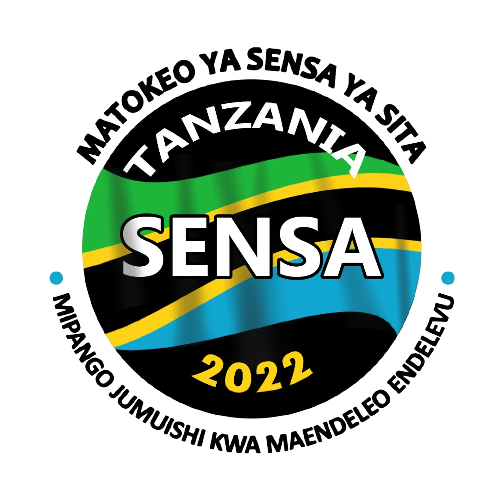The NLUPC Developed the Practitioner’s Manual for Active Community Engagement in Village Land Use Planning
Imewekwa: Jan 12, 2019
Village land use planning, administration and management is an important tool for natural resource management and sustainable rural development in Tanzania. The use and management of land resources has been addressed in a participatory and integrated approach under the Land Use Planning Act, Cap. 116, the Village Land Act, Cap. 114, the Environmental Management Act, Cap. 191 and other key Sectoral legislation with a base on land administration and management. Premised by the PLUM Guidelines, village land use planning in Tanzania is undertaken by using different tools for data collection and mapping including GPS and satellite images.
The National Land Use Planning Commission (NLUPC) in collaboration with the Private Forestry Programme (PFP) supported by the Ministry for Foreign Affairs of Finland, the Ministry of Natural Resources and Tourism of Tanzania and the University of Turku (UTU) has developed the Manual (Practitioner’s Manual for Active Community Engagement) for providing guidance on participatory village land use planning using different and selected community engagement tools, practices and up-to-date spatial technologies for mapping.

The Practitioners’ Manual has been prepared to further aspirations of the Guidelines for Participatory Village Land Use Planning, Administration and Management in Tanzania. It suggests and provides detailed instructions for 17 practices and tools and four tasks for facilitators with GIS skills. However, these practices and tasks are optional and when necessary can be modified to fit the village context and available resources. The manual has been designed to be user-friendly to practitioners to carry out Village Land Use Planning activities with communities at grassroots’ level.
Tools and practices presented in the Manual enables collection and analysis of location-based information by villagers even from areas that are inaccessible to create more detailed, accurate and standardized Village Land Use Planning maps. These accurate and jointly established maps enhance sustainable land management and mitigate land conflicts. Furthermore, the mapping and group working tools in this manual support villagers to actively discuss and learn about their village land, its resources, socio-economic situation and address villagers’ commitment in implementing VLUPs for improved and sustainable production.
This manual should not be considered to supersede the PLUM Guidelines but rather to be used to provide guiding principles that have to be applied according to the local agro-ecological, socio-economic and cultural context through cost-effective tools and practices. The manual may need to be revised from time to time in order to incorporate future technological advancements and the evolving needs of rural communities.
The Manual is available and can be accessed through the link http://www.nlupc.go.tz/publications/guidelines
issued by:
Dr. Stephen Justice Nindi
Director General - National Land Use Planning Commission
December 2018





